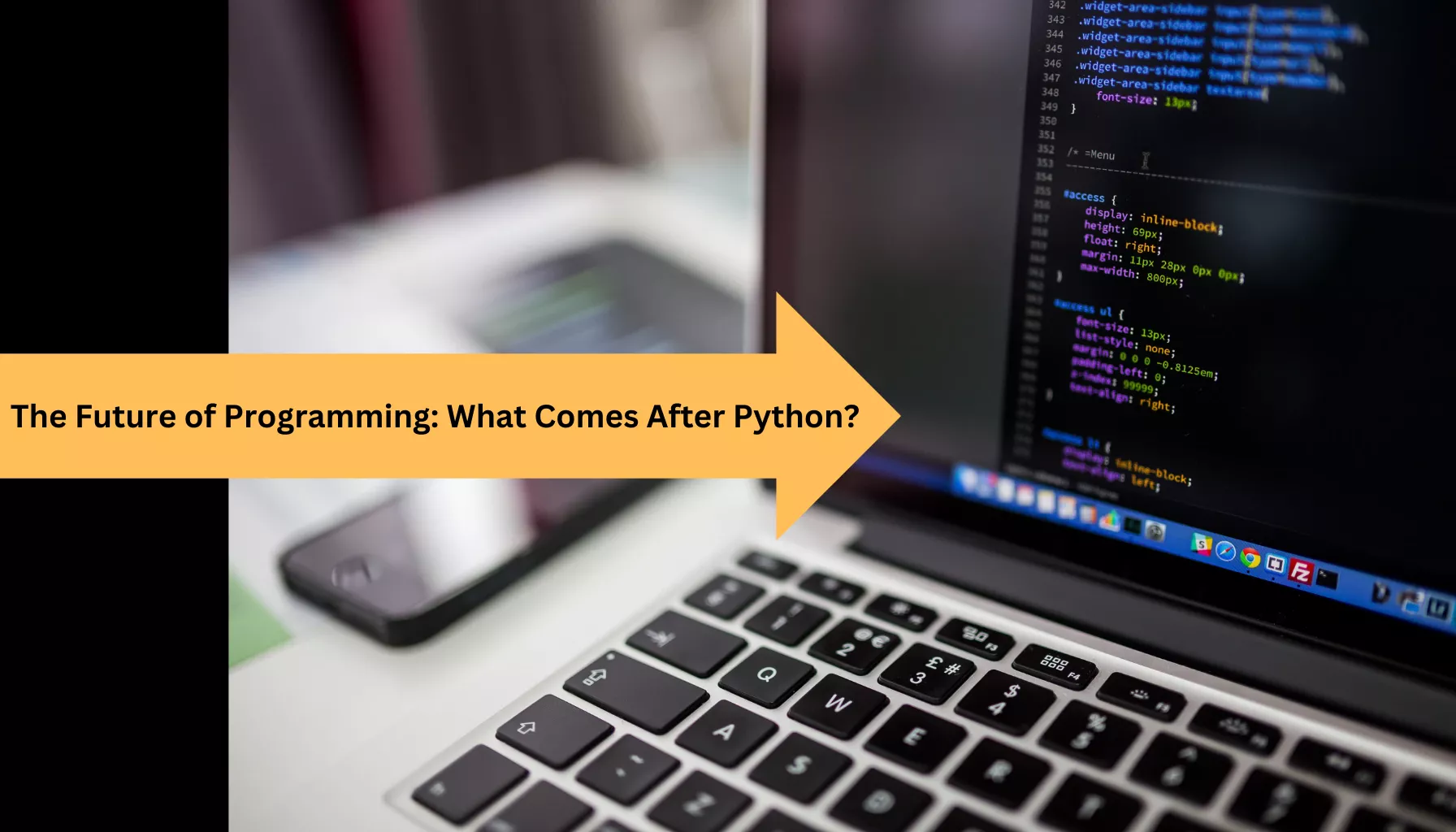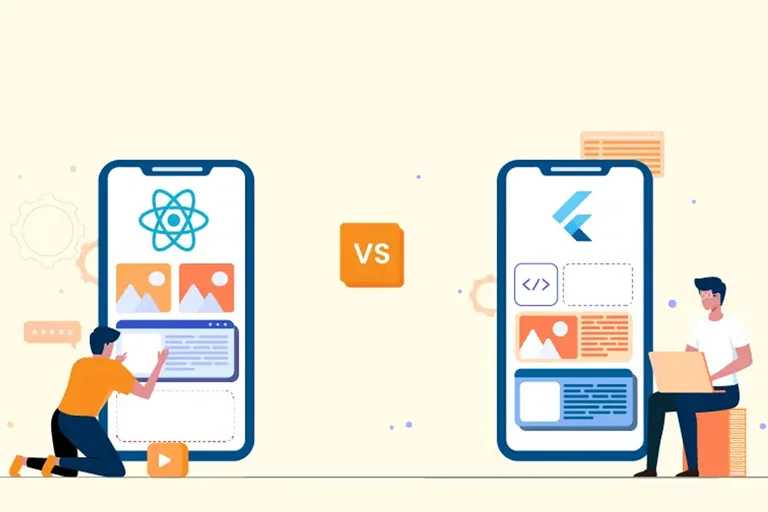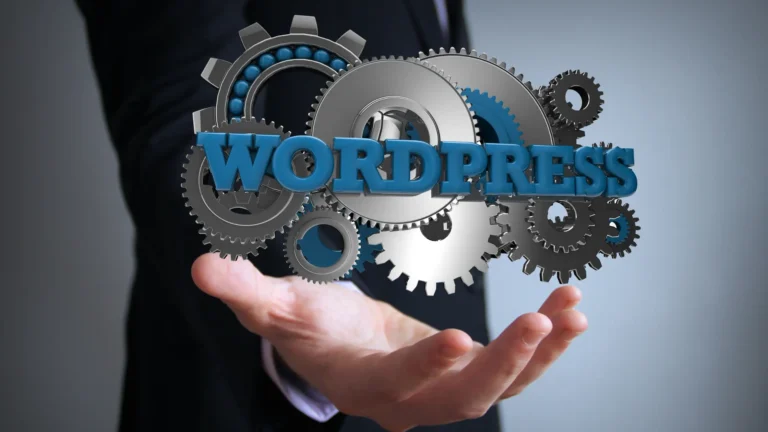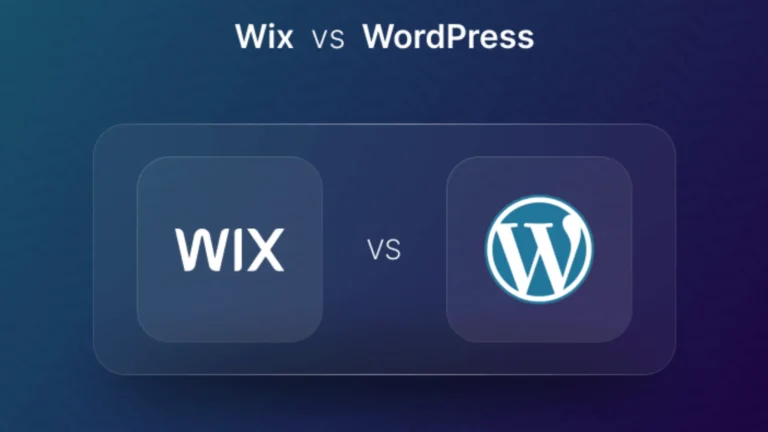Python has cemented itself as one of the most popular programming languages worldwide, thanks to its readability, versatility, and robust ecosystem of libraries and frameworks. As technology continues to advance, the programming landscape is evolving quickly. What comes after Python? Are there languages in development that could become the next big thing? This blog will explore the evolution of programming languages, highlight Python’s unique strengths, and investigate emerging languages that could shape the future.
The Evolution of Programming Languages: A Brief Overview
Programming languages have evolved dramatically over the decades, each era driven by the demand for more efficient, accessible, and powerful tools. Here’s a quick look at how languages have evolved:
- First Generation (Machine Language): In the earliest days, programmers wrote in machine language, which is directly understandable by computers. These instructions were limited to binary code (0s and 1s), making them hard for humans to work with.
- Second Generation (Assembly Language): Assembly languages introduced mnemonic codes, making it slightly easier to work with computers. While still close to machine language, they allowed a more human-friendly interface.
- Third Generation (High-Level Languages): With languages like FORTRAN, COBOL, and later C, the third generation introduced syntax closer to human languages, making coding accessible to a broader audience.
- Fourth Generation (Declarative Languages): SQL and MATLAB are examples of fourth-generation languages, where the focus is on specifying what the program should do rather than how to do it, streamlining the coding process further.
- Fifth Generation (Artificial Intelligence-Focused): Prolog and other AI-oriented languages were developed with logic programming in mind, enabling problem-solving in AI and other specialized fields.
As programming languages continue to evolve, Python has emerged as a versatile, beginner-friendly language with applications across web development, data science, machine learning, and more. But the field keeps moving—what could come next?
Python’s Current Dominance: Why is it So Popular?
Python has achieved massive popularity for several reasons:
- Readability and Simplicity: Python’s syntax resembles plain English, making it accessible to beginners and readable for experts alike.
- Versatility Across Domains: Python supports web development, artificial intelligence, data science, automation, and more, thanks to a rich set of libraries like Django, TensorFlow, and Pandas.
- Strong Community and Support: Python’s open-source nature means a large community contributes to its growth, offering a vast ecosystem of tools, resources, and documentation.
- Rapid Prototyping: Python allows for fast iteration, making it ideal for startups, scientific research, and development-heavy industries where time-to-market is critical.
While Python’s versatility and readability are unmatched, some new languages are emerging, aiming to address Python’s limitations in performance, security, and scalability.
What Comes After Python?
The tech landscape is dynamic, and several languages are vying to become the “next Python.” Here’s a look at a few languages that have been gaining attention as possible successors or complements to Python:
1. Rust
Rust is often celebrated for its focus on memory safety, speed, and concurrency, which are critical for performance-intensive applications. Developed by Mozilla, Rust aims to overcome the performance and security issues that languages like C++ can struggle with.
Key Features of Rust:
- Memory Safety without Garbage Collection: Rust’s ownership system manages memory more efficiently, preventing memory leaks and making it ideal for system programming.
- High Performance: Rust’s performance can rival C and C++, making it well-suited for developing operating systems, game engines, and other high-speed applications.
- Community and Support: The Rust community is active and welcoming, making it easier for new developers to learn and adapt.
While Rust may not be as beginner-friendly as Python, its speed and security make it appealing for advanced applications that require high performance.
2. Julia
Julia was specifically designed for scientific computing, which has made it popular among researchers and data scientists. Unlike Python, Julia is known for its high-speed performance and is optimized for mathematical computations.
Key Features of Julia:
- High-Speed Performance: Julia’s speed is comparable to that of languages like C, which is particularly useful in data science and machine learning.
- Dynamic Typing with Speed: Julia combines the flexibility of dynamically typed languages with the performance of statically typed languages.
- Simple Syntax for Math and Statistics: Its syntax closely resembles mathematical notation, making it intuitive for data scientists, mathematicians, and researchers.
Julia’s adoption is growing in scientific fields, and as machine learning and data science continue to expand, Julia could become a major competitor to Python in those areas.
3. Kotlin
Kotlin, created by JetBrains, was designed to be a more robust alternative to Java. It is particularly popular for Android development and has officially become Google’s preferred language for Android app development.
Key Features of Kotlin:
- Interoperability with Java: Kotlin can run alongside Java, making it easy for developers to migrate their projects.
- Concise Syntax: Kotlin is less verbose than Java, reducing the lines of code required, which enhances productivity.
- Strong Support for Mobile Development: Kotlin is well-suited for mobile applications, especially on Android, and has strong support from Google.
While Kotlin may not directly compete with Python in data science, it’s an attractive option for developers focusing on mobile and enterprise applications.
4. Go (Golang)
Developed by Google, Go (or Golang) was created to simplify complex backend development. It emphasizes simplicity, efficiency, and strong support for concurrent programming, making it ideal for server-side applications and cloud computing.
Key Features of Go:
- Concurrency Support: Go is designed for distributed computing and can handle multiple tasks at once, making it suitable for modern cloud applications.
- Simplicity and Speed: With a straightforward syntax and a compiled nature, Go combines the ease of Python with the performance of lower-level languages.
- Growing Ecosystem: Go has a thriving ecosystem for backend development, with libraries and frameworks tailored for networking, cloud applications, and APIs.
Go’s strengths in backend development make it a serious contender in cloud-based applications, where speed and scalability are essential.
5. Swift
Swift was developed by Apple as a replacement for Objective-C and is now widely used for iOS and macOS applications. Swift combines the flexibility of scripting languages with the speed of compiled languages, making it ideal for app development.
Key Features of Swift:
- Safety and Performance: Swift prevents common errors in code, like null pointer exceptions, making it safer than Objective-C.
- Interactive Coding with Swift Playgrounds: Swift’s playgrounds feature allows developers to test code in real time, which is great for beginners.
- Interoperability with Objective-C: Swift is compatible with Objective-C, easing the transition for developers who worked with Objective-C.
Though primarily focused on iOS and macOS, Swift’s growing popularity could lead to broader adoption, especially as Apple expands its ecosystem.
Will Python Disappear?
While new languages like Rust, Julia, Kotlin, Go, and Swift offer exciting features, it’s unlikely that Python will disappear anytime soon. Python’s simplicity, ease of learning, and vast libraries give it staying power, especially in educational settings, research, and startup environments.
However, these emerging languages may start to replace Python in specialized areas. For example, Rust might be preferred for system programming, while Julia could dominate scientific computing. Go is already popular in backend development, and Kotlin is essential for Android apps.
Conclusion
The evolution of programming languages reflects changing technological demands. While Python remains an excellent choice for many applications, the rise of languages like Rust, Julia, Kotlin, Go, and Swift shows that developers are looking for specialized solutions. Python’s role as a versatile, easy-to-learn language may remain unchanged, but these newer languages promise improvements in speed, safety, and domain-specific features that are hard to ignore. As technology advances, the future of programming could involve a multi-language approach, where developers pick the right language for the right task.




